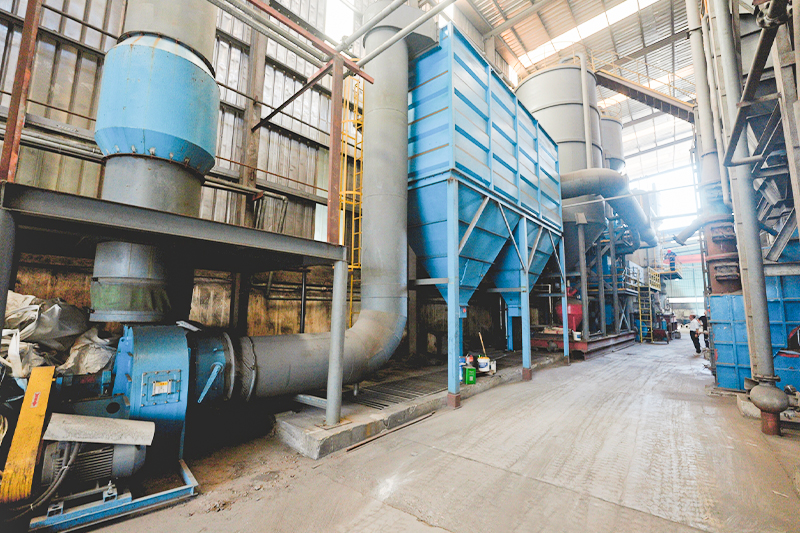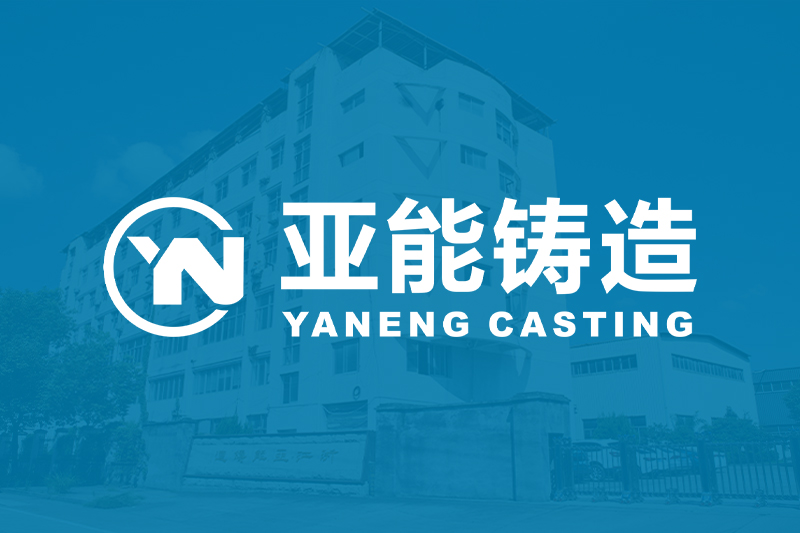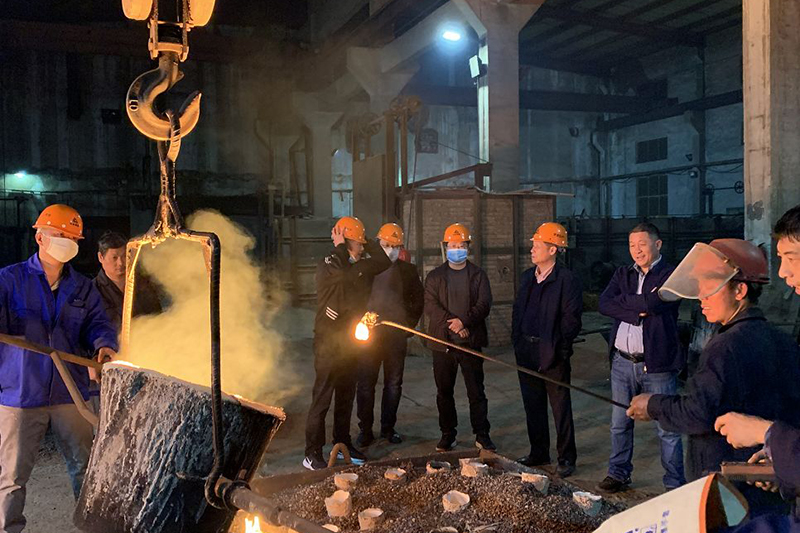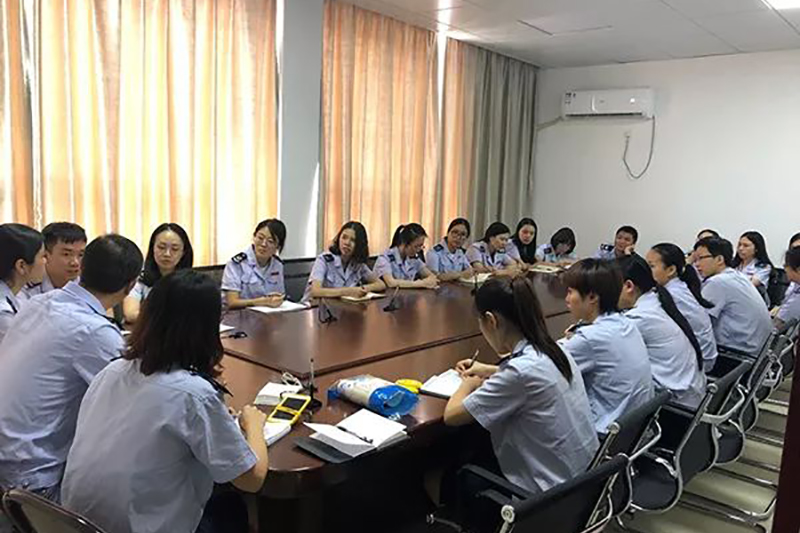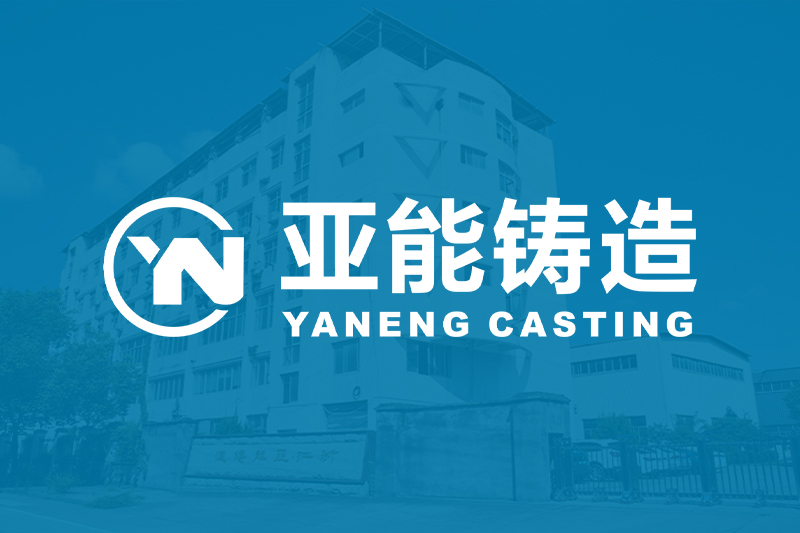Knowledge of stainless steel pipe fittings installation
Stainless steel is a type of pipe with a high content of Cr element, and its anti-corrosion performance is much higher than that of ordinary steel pipes. The commonly used material grades of stainless steel include: 201, 202, 304, 304L, 316, 316L, etc. You can choose the corresponding brand to use according to the different water quality, water supply pressure, and temperature.
Next, let's talk about several points to pay attention to when installing stainless steel fittings.
1. Stainless steel pipe fittings should be cleaned, dried or wiped clean before installation to remove pollutants such as oil stains. If there is mechanical damage to the surface of the pipe, it should be repaired to make it smooth and should be pickled or passivated.
2. Avoid contact between stainless steel fittings and carbon steel brackets. A stainless steel plate and a plastic or rubber gasket free of chloride ions should be placed between the bracket and the pipeline.
3.If the stainless steel pipeline is very long or the temperature of the conveying medium is high, a stainless steel compensator should be installed on the pipeline. Common compensators include square and corrugated shapes, but the choice depends on the pipe diameter size and working pressure.
4.If carbon steel loose flange connection is used, the corrosion of the carbon steel flange will come into contact with the stainless steel surface, so long-term contact will cause molecular diffusion and stainless steel will rust. An insulation layer should be laid between the loose flange and the stainless steel pipe fittings to prevent corrosion and insulation. Insulation materials can be made of chlorine free plastic, rubber, or asbestos rubber sheets.
5.When stainless steel fittings cross walls or floors, sleeves must be installed. The gap between the sleeve and the pipeline should be at least 10 millimeters, and the gap should be filled with insulation material. Insulation does not contain impurities such as iron filings and rust, and can be insulated with asbestos rope.
6.The flange gasket can be selected as a soft gasket or a metal gasket based on the conveying medium, working temperature, and pressure.
7.When welding stainless steel fittings, manual argon arc welding or manual arc welding is generally used. The welding rod used should be dried at a temperature of 150-200 ° C for 0.5-1 hour, and the welding temperature should not be lower than -5 ° C. If the temperature is slightly lower, preheating measures should be taken.
